How to Care for Pandan Plant: 4 Key Tips for Fragrant Leaves and Tropical Foliage
If you've ever enjoyed the unique aroma of Southeast Asian cuisine, you've likely encountered the magical fragrance of pandan leaves. This tropical plant, scientifically known as Pandanus amaryllifolius, isn't just a culinary superstar—it's also becoming increasingly popular as an ornamental houseplant. With its slender, blade-like leaves that release a sweet, vanilla-like fragrance when crushed, the pandan plant brings both beauty and functionality to your indoor garden.
Many plant enthusiasts hesitate to grow pandan plants, thinking they require specialized tropical conditions. The truth is, with the right knowledge, you can successfully cultivate a thriving pandan plant that produces those coveted fragrant leaves. Let's explore the four essential care tips that will transform you into a pandan-growing expert.
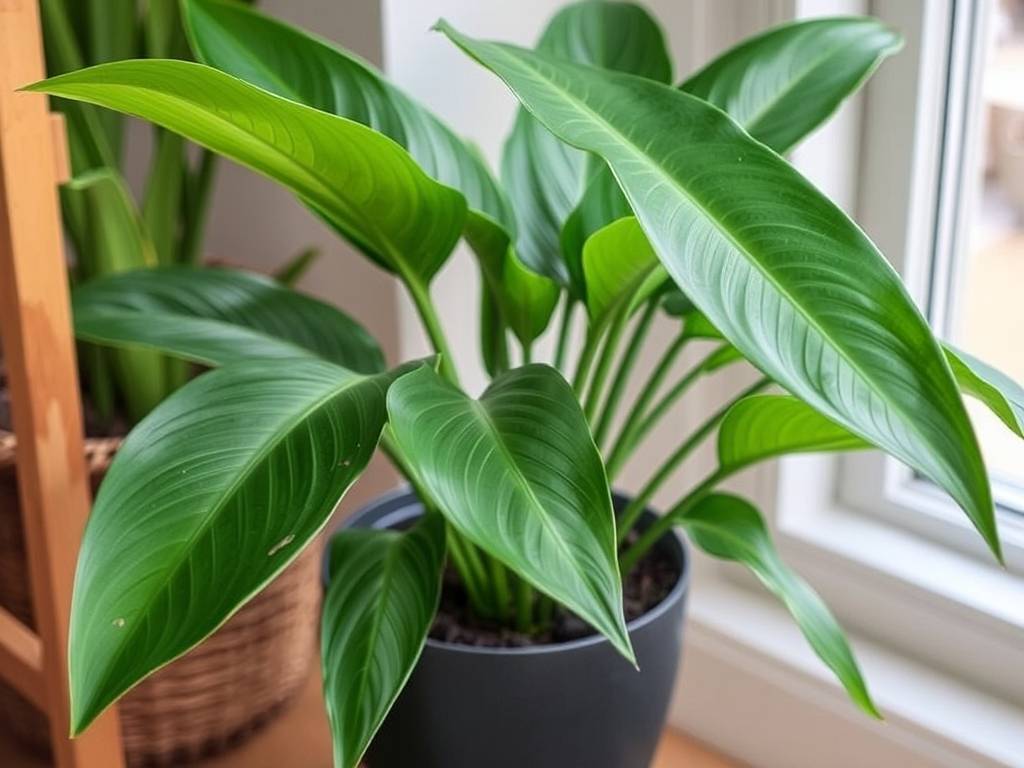
Understanding Your Pandan Plant's Natural Habitat
Before diving into specific care instructions, it helps to understand where pandan plants originate. Native to Southeast Asia, these plants thrive in warm, humid environments with bright, indirect light and well-draining soil. They're accustomed to consistent moisture without being waterlogged. Keeping this natural habitat in mind will help you recreate similar conditions in your home.
Tip 1: Mastering the Light Requirements for Optimal Growth
Pandan plants absolutely love bright, filtered light—think of the dappled sunlight they would receive under taller trees in their natural environment. Place your plant near an east or west-facing window where it can enjoy plenty of indirect sunlight throughout the day. If you only have south-facing windows, use a sheer curtain to filter the intense afternoon sun.
What happens if your pandan plant doesn't receive adequate light?
- The leaves may lose their vibrant green color and turn pale
- Growth becomes stunted or leggy as the plant stretches toward light sources
- The characteristic pandan fragrance becomes less pronounced
- Leaf production slows significantly
If natural light is limited in your home, consider supplementing with grow lights. LED full-spectrum grow lights placed about 12 inches above the plant for 10-12 hours daily can work wonders. Rotate your plant quarterly to ensure even growth on all sides.
Tip 2: Perfecting Your Watering Routine for Healthy Roots
Watering is where many pandan plant parents go wrong. These plants appreciate consistent moisture but despise soggy conditions. The goal is to keep the soil evenly moist but never waterlogged. During the growing season (spring and summer), water when the top inch of soil feels dry to the touch. In winter, allow the top two inches to dry out between waterings.
Signs of improper watering:
- Yellow leaves often indicate overwatering
- Brown, crispy leaf tips usually mean underwatering or low humidity
- Drooping leaves can signal either extreme
The quality of water matters more than you might think. Pandan plants are sensitive to chemicals in tap water, particularly fluoride and chlorine. Where possible, use filtered water, rainwater, or leave tap water out for 24 hours to allow chemicals to evaporate. Always water at the base of the plant rather than overhead to prevent leaf rot.
Tip 3: Creating the Ideal Soil and Potting Environment
The right soil mixture makes all the difference in pandan plant care. These plants require well-draining soil that still retains some moisture. A good homemade mix consists of:
- 40% high-quality potting soil
- 30% coco coir or peat moss for moisture retention
- 20% perlite or coarse sand for drainage
- 10% compost or well-rotted manure for nutrients
When selecting a container, choose one with adequate drainage holes. Terracotta pots are excellent choices as they allow soil to breathe and prevent waterlogging. Repot your pandan plant every 1-2 years in spring, moving up just one pot size each time. Overpotting (using too large a container) can lead to soil staying wet for too long, potentially causing root rot.
Fertilizing your pandan plant supports lush growth and enhances leaf fragrance. During the growing season, feed with a balanced, water-soluble fertilizer diluted to half strength every 4-6 weeks. In fall and winter, reduce feeding to once every 8-10 weeks or stop altogether, allowing the plant its natural rest period.
Tip 4: Maintaining Proper Humidity and Temperature
As tropical plants, pandan varieties thrive in humid conditions between 60-80%. Most homes have humidity levels around 30-50%, which means you'll likely need to boost humidity around your plant. Here are several effective methods:
- Group plants together to create a microclimate
- Use a humidifier placed nearby
- Set the pot on a pebble tray filled with water
- Mist leaves regularly with filtered water
Temperature-wise, pandan plants prefer consistent warmth between 65-85°F (18-29°C). Protect them from drafts, air conditioning vents, and sudden temperature changes. If summer temperatures in your region stay consistently above 50°F (10°C), you can move your pandan plant outdoors to a shaded patio. Just remember to bring it back inside before temperatures drop in fall.
Troubleshooting Common Pandan Plant Problems
Even with perfect care, you might encounter some issues. Here's how to address common problems:
Pests: Spider mites, mealybugs, and scale insects occasionally bother pandan plants. Regularly inspect leaves, especially the undersides. For minor infestations, wipe leaves with a cotton swab dipped in rubbing alcohol. Neem oil solutions work well for more persistent problems.
Leaf discoloration: Brown tips often indicate low humidity or chemical buildup from tap water. Yellow leaves typically signal overwatering. Pale leaves suggest too much direct sun, while dark green, leggy growth means insufficient light.
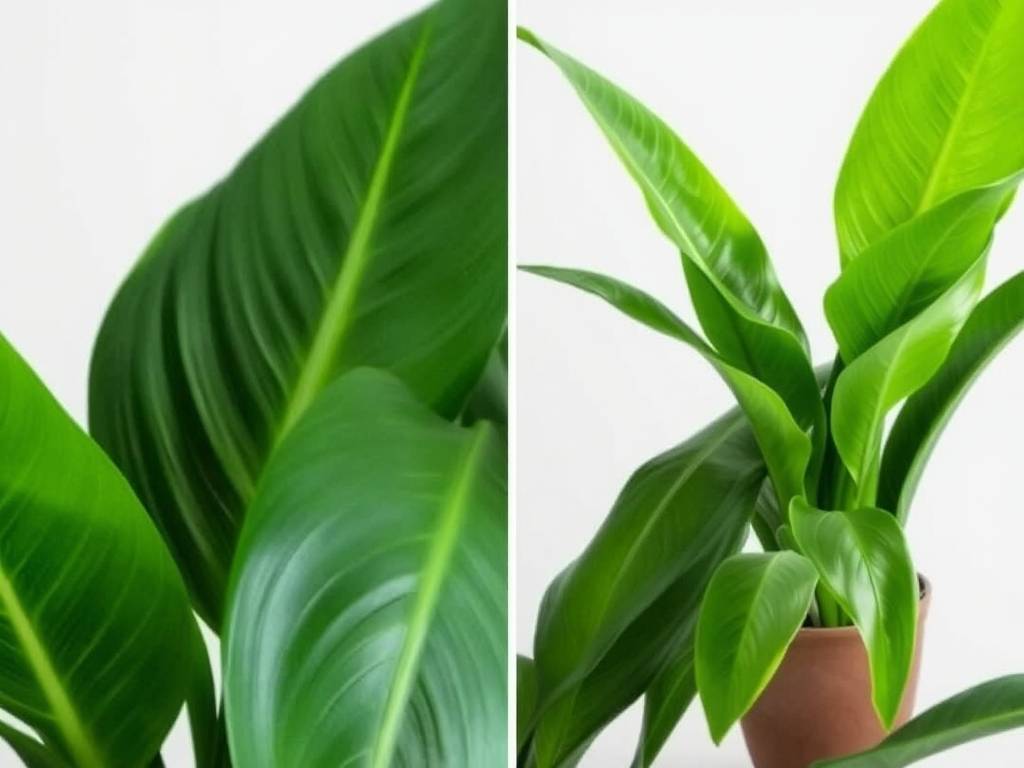
Slow growth: This usually relates to inadequate light, incorrect temperatures, or nutritional deficiencies. Address these factors systematically, and your plant should resume healthy growth.
Harvesting and Using Your Pandan Leaves
The joy of growing pandan plants includes harvesting those aromatic leaves for culinary use. Wait until your plant is well-established with multiple stems before harvesting. Select mature outer leaves and cut them at the base using clean, sharp scissors. Always harvest sparingly, never removing more than one-third of the leaves at once.
Fresh pandan leaves can be used immediately or frozen for later use. To maximize fragrance, tie leaves in a knot before adding to dishes—this helps release their essential oils. Pandan leaves wonderfully flavor rice dishes, desserts, drinks, and even savory recipes.
Propagating Your Pandan Plant
Once your mother plant is thriving, you might want to create new plants. Pandan plants propagate well through division or stem cuttings. The division method works best:
- Carefully remove the plant from its pot during repotting season
- Gently separate rooted offshoots from the main plant
- Ensure each division has both roots and leaves
- Plant divisions in appropriate soil and care as usual
The Rewards of Pandan Plant Care
Growing pandan plants is a truly rewarding experience that connects you with tropical flavors and fragrances right in your home. Beyond their culinary uses, these plants make stunning ornamental additions with their graceful, arching leaves. The satisfaction of harvesting leaves from a plant you've nurtured yourself is incomparable—each fragrant leaf represents your successful care.
Remember that plant care is a journey of learning and adjustment. Your pandan plant will communicate its needs through its appearance. Pay attention to these signals, make gradual adjustments to your care routine, and don't be discouraged by minor setbacks. With consistent attention to light, water, soil, and humidity, you'll be rewarded with a flourishing pandan plant that fills your space with tropical beauty and enchanting fragrance for years to come.
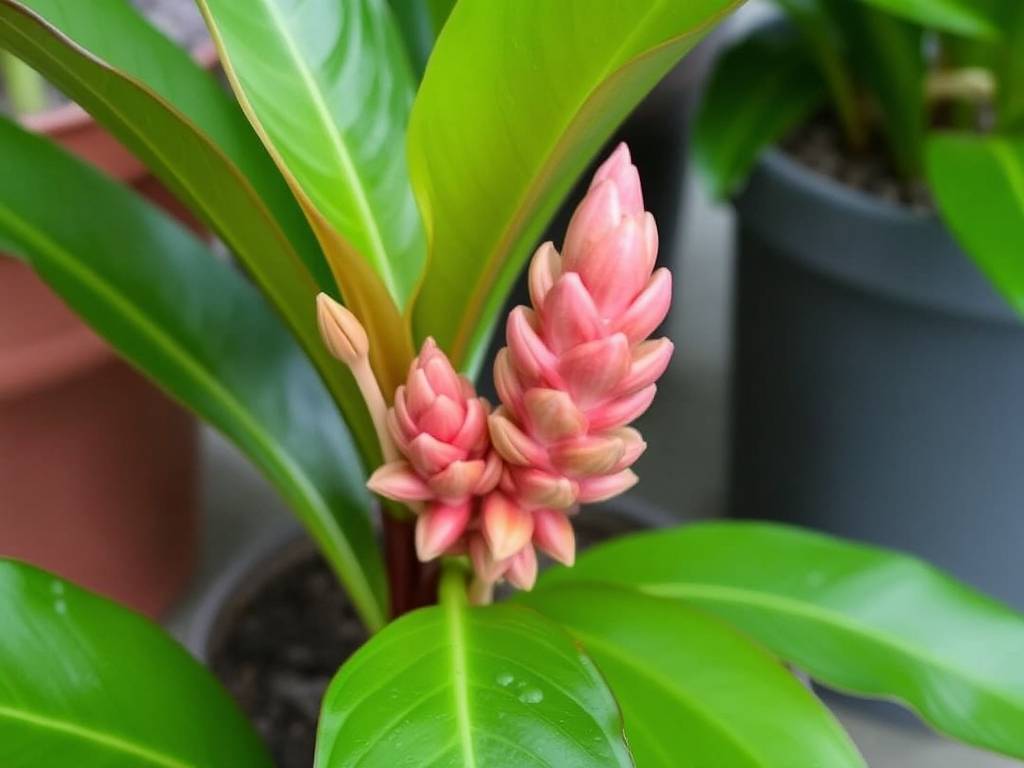
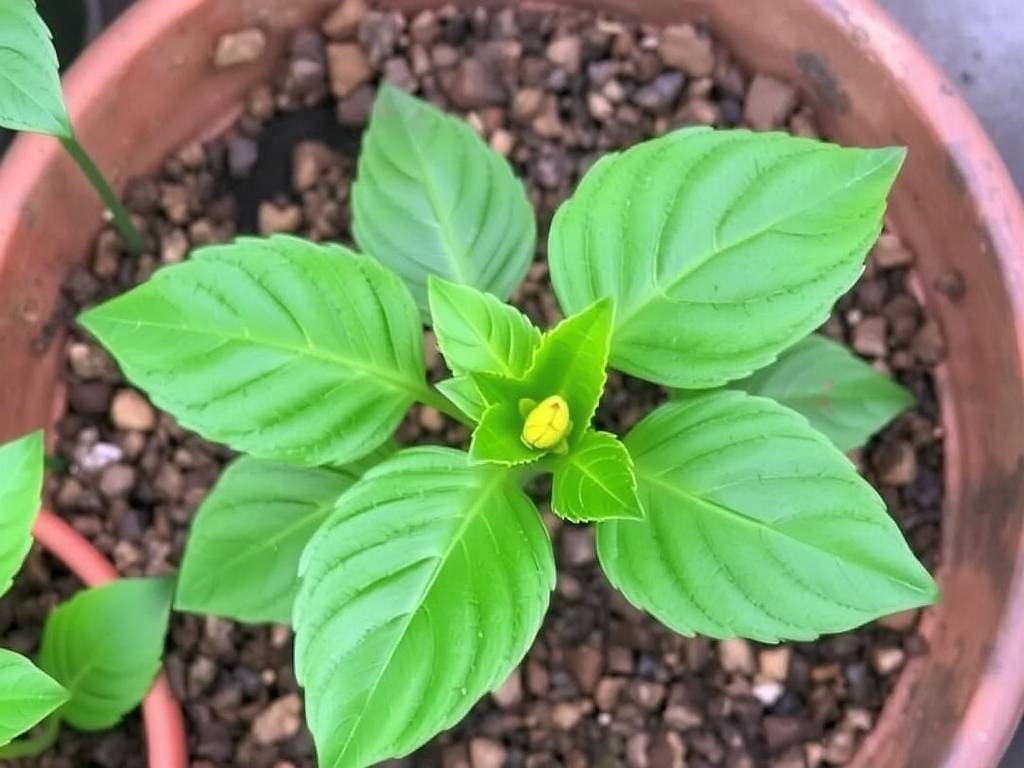
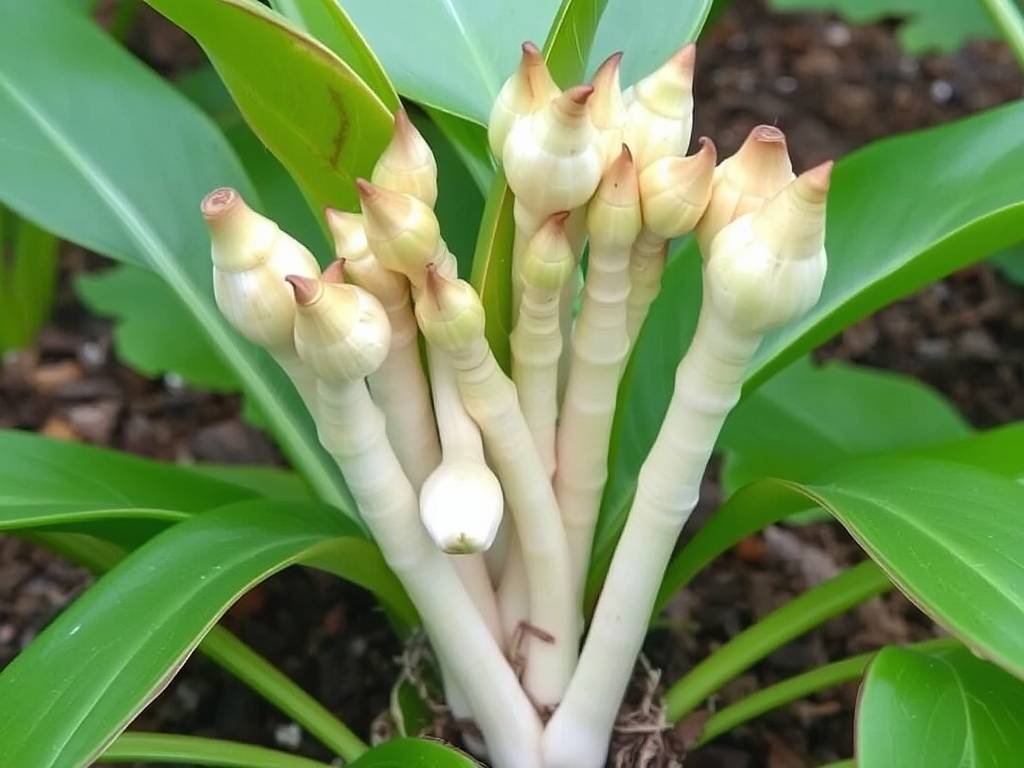
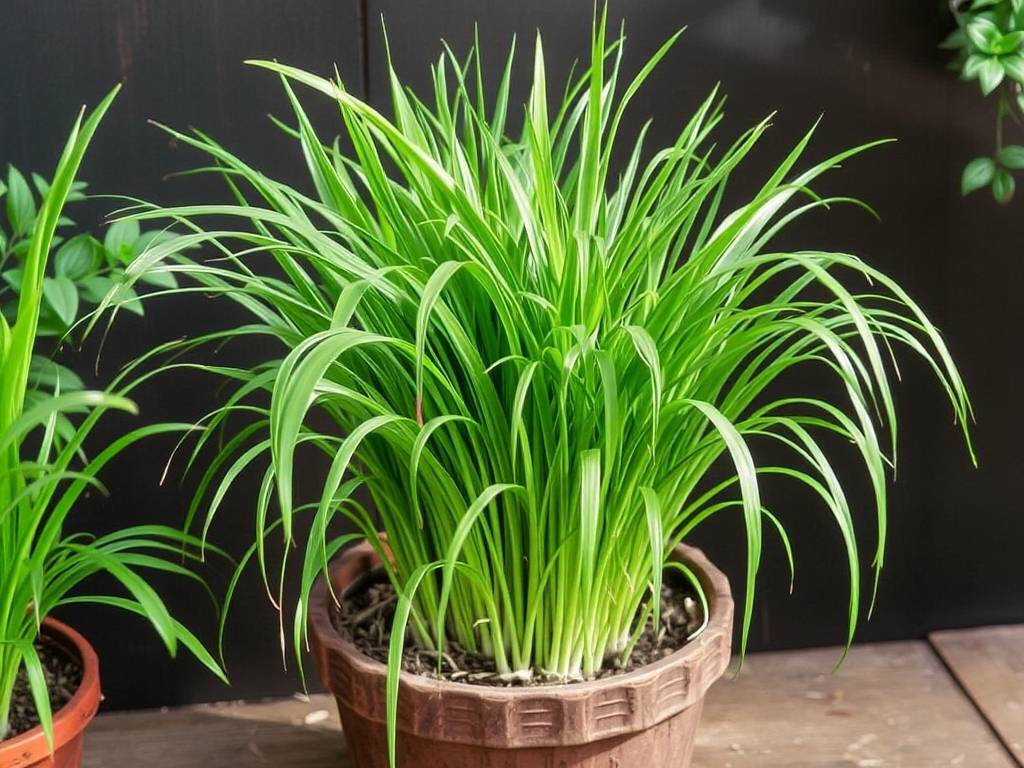
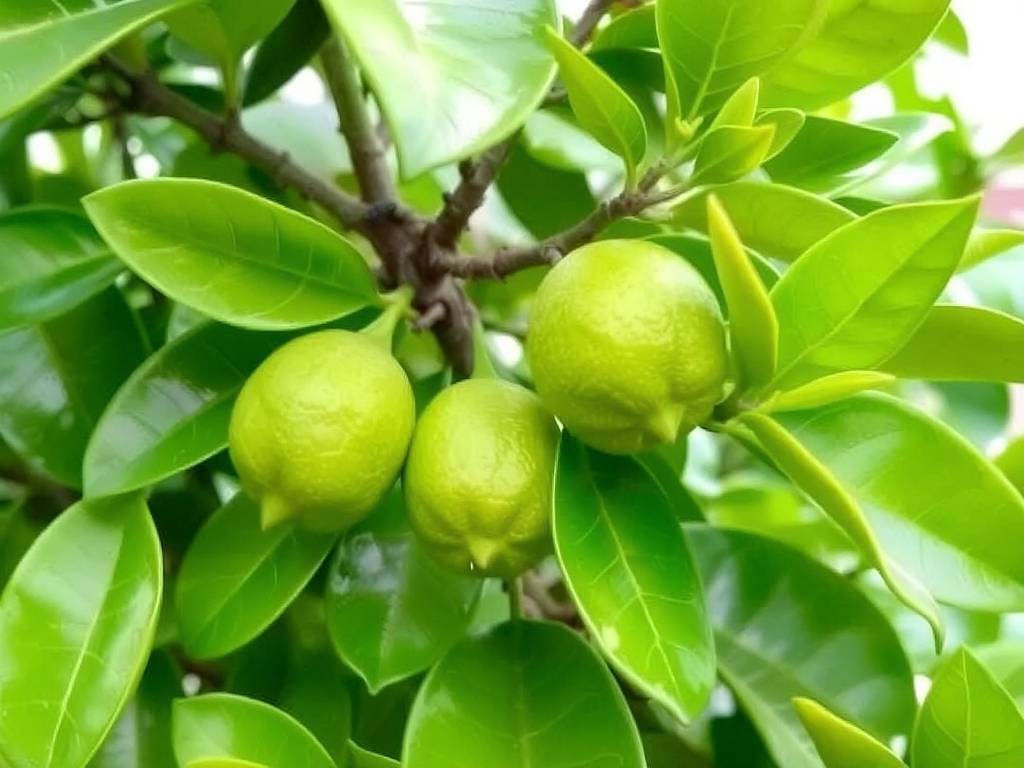
发表评论